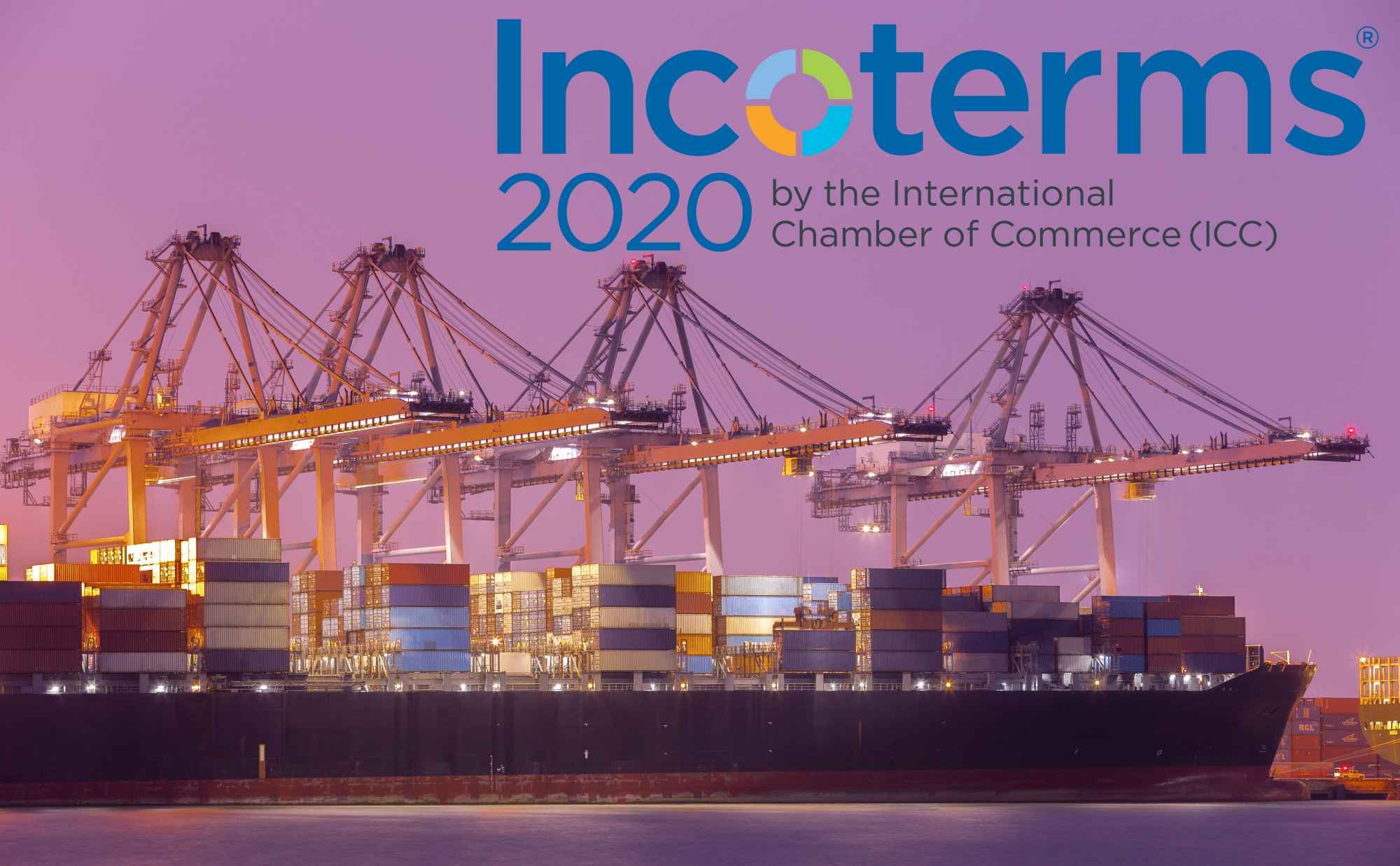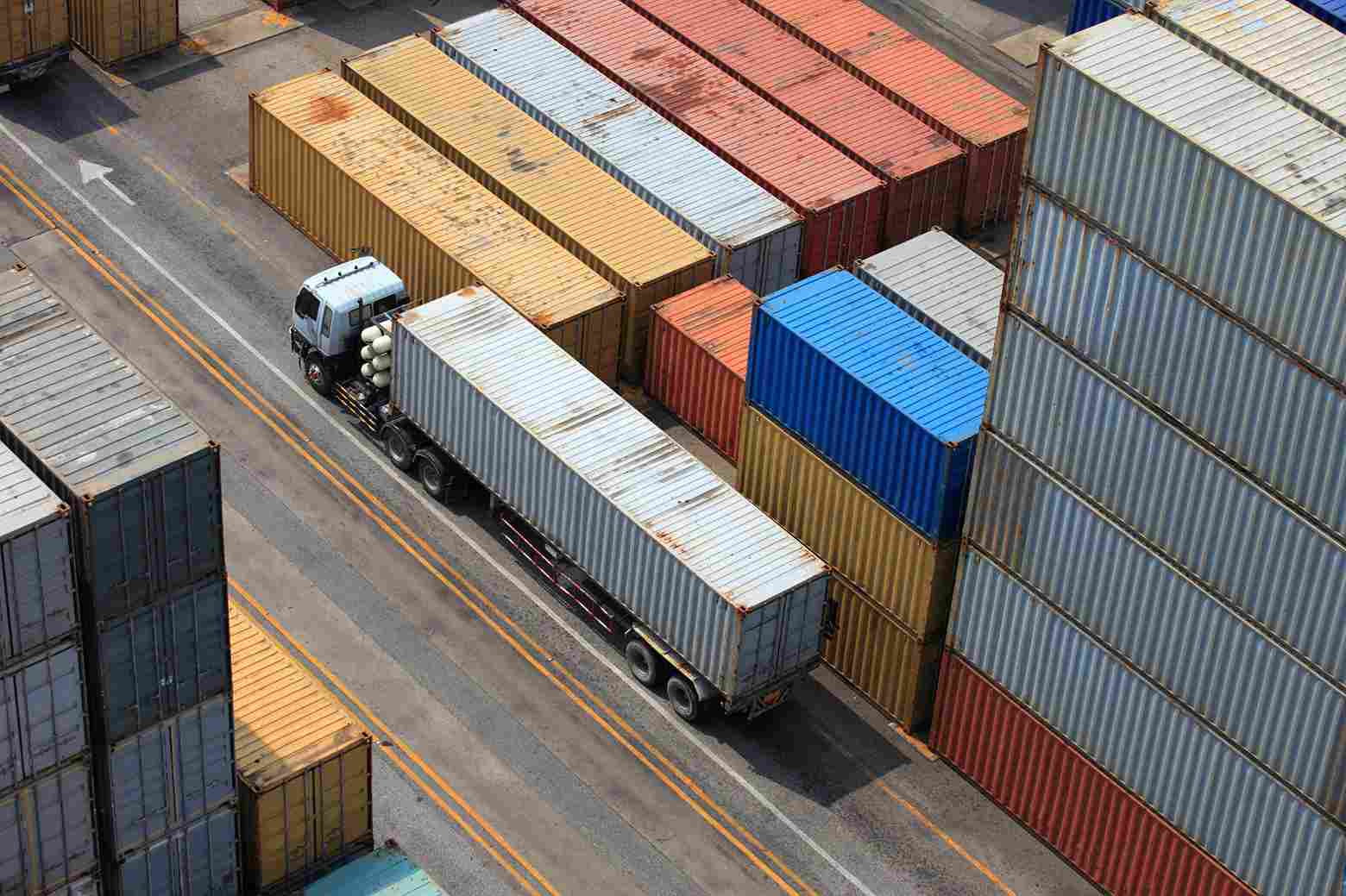
Article content:
If you've ever dealt with shipping goods across seas and oceans, you've probably heard of Incoterms — international trade rules. One of the terms, CIF, is often confused with CIP. Today, with experts from DiFFreight, we’ll clarify the differences and whether Cost, Insurance and Freight is the right choice for your business.
CIF stands for Cost, Insurance and Freight. The seller handles delivery all the way to the port of destination, while the buyer simply accepts the cargo. However, the risk transfers once the goods are on board at the port of departure.
Let's examine the responsibilities of the consignor (seller) in detail:
Buyer (consignee) obligations:
CIF applies exclusively to sea and inland waterway transportation.
Who benefits more from this Incoterm — buyers or sellers? For buyers, CIF shipping offers several advantages:
Disadvantages include:
CIF (Cost, Insurance, Freight) is often perceived by beginners as covering all shipping costs to the destination port. But in reality, this is not always the case. It does not include certain important charges, such as unloading fees, port charges, and storage costs at the port. These "hidden" costs can become a major issue for inexperienced clients.
When buying goods under CIF or CFR terms, the seller ships the cargo to the destination port, where it is received by a freight forwarder. Unfortunately, in some cases, this forwarder may be a dishonest partner of the seller and participate in fee-inflating schemes. For new buyers, such actions can lead to significant financial losses — fees for unloading, storage, and other services may be inflated 2–3 times.
In these situations, while the buyer tries to dispute the unjustified charges, the outstanding balance grows. Furthermore, the goods won’t be released from the port until all payments are made, leading to further delays and losses.
Such "seller + forwarder" partnerships often operate on a large scale, taking advantage of inexperienced customers to maximize profits. That's why it's crucial to carefully review all deal terms, have a clear communication plan with logistics operators, and closely monitor all extra fees related to unloading and customs.
But the biggest drawback of CIF — it is not recommended for container shipping. Responsibility transfers once the goods are loaded onboard (past the ship’s rail), but in container shipping, the goods are handed over to the carrier (or its agent, like a terminal) well before actual loading.

A container can remain at the terminal for several days or even weeks. This creates a “grey area” of responsibility. If the goods are damaged while stored at the terminal, the question arises: who is responsible?
Under CIF terms, the seller must bear the risk until loading, but the goods have already been handed over. The buyer’s responsibility begins only once the goods pass the ship's rail. This situation often leads to disputes and complicates damage claims.
Incoterms are regularly updated by the International Chamber of Commerce (ICC) to reflect modern trade practices.
The main provisions were similar, but there was no emphasis on the use of electronic documents.
Clarified when the risk transfers — once the goods are “on board the ship.” This helped eliminate ambiguity. Acknowledged the use of electronic communication and documentation with mutual consent. More precise rules were added for chains of sales when goods are resold during transit.
The latest edition changed the insurance level for CIP (All Risks policy). However, the CIF requirement remained the same — minimal C coverage. This clarified the differences between Incoterms.
In 2020, more attention was paid to when goods are considered “delivered” and how that affects party obligations. Clarifications were also added regarding transport safety and who is responsible for compliance.
Contracts must specify which Incoterms version the parties agree upon. DiFFreight recommends using the latest 2020 version as it provides the most comprehensive and accurate guidance.
To summarize, CIF is best used for bulk or general cargo transported by sea. These are loaded directly onto the ship without terminal delays, and the seller oversees the loading process. There is no risk of damage or loss, and no ambiguity about when risk transfers.
Not sure which Incoterms rule is right for you? Contact logistics company DiFFreight:
CIF delivery is far from the most universal or adaptable Incoterms rule. But understanding it is essential for grasping international logistics. Delegate this task to DiFFreight — we provide tailored, reliable solutions for your cargo!